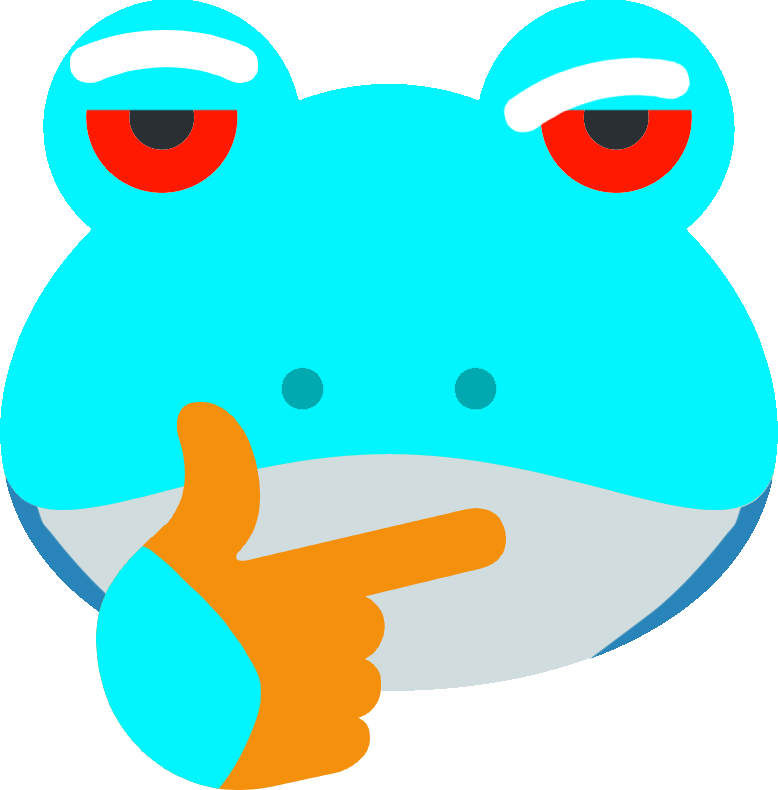Canje (/çɑnʒɛ/)

 This Article is still a wip!
This Article is still a wip!
Needs: reformatting and more info


This Article is still a wip!
Needs: reformatting and more info
Needs: reformatting and more info
Canje are a water dwelling, soft bodied family of creatures.
Basic Information
Anatomy
Genetics and Reproduction
Canje are hermaphroditic, meaning they have both male and female reproductive organs. This means that each individual canjed of reproductive age is capable of laying eggs. While they are able to self-fertilize, canje will typically choose to mate with a partner, a process that takes 3 to 9 hours. They will lay eggs about a week later.
It typically takes around half a month before they can reproduce again after laying eggs, though weather and food supply can change the time. If its too cold they become inactive, and the species that lay their eggs on land will not do so if it is too dry.
Depending on climate conditions, most canje reach sexual maturity in one to two years.
It typically takes around half a month before they can reproduce again after laying eggs, though weather and food supply can change the time. If its too cold they become inactive, and the species that lay their eggs on land will not do so if it is too dry.
Depending on climate conditions, most canje reach sexual maturity in one to two years.
Growth Rate & Stages
They have three stages of life. Egg, juvenile, and adult.
Ecology and Habitats
Canje live in fresh, calm, warm waters like ponds and lakes. Some species venture out onto the banks during mating season and when they are young.
Dietary Needs and Habits
Canje eat algae and other aquatic plants, hunt fish and bugs, as well as scavenge for food. Because of this they are fairly adaptable to changes in food supply and are easy to care for.
Biological Cycle
They lay their eggs in clumps, usually attached to plants or similar surfaces in the water. Some species lay their eggs out of the water, and the juvenile snails go back into the water after they hatch.
Additional Information
Domestication
They make popular pets, usually housed with other aquatic animals, in an aquarium or in a garden pond.
Uses, Products & Exploitation
Canje are a staple food on all planets and the spacestations. Farms are popular in Daum and the upper level of Bhcu Cuhcil.
They are also used in waste management and water purification treatment facilities.
They are also used in waste management and water purification treatment facilities.
Geographic Origin and Distribution
They are originally from Vondren but have been imported to Jaumon where they can sometimes be quite invasive.
Perception and Sensory Capabilities
Canje have two antenna that sense vibration and sent. As well as two clusters of light sensing 'eyes'.
They also have six tentacles or feelers, two ending in suckers that can be used to grasp.
They also have six tentacles or feelers, two ending in suckers that can be used to grasp.
Average Length
18-91cm depending on species.

